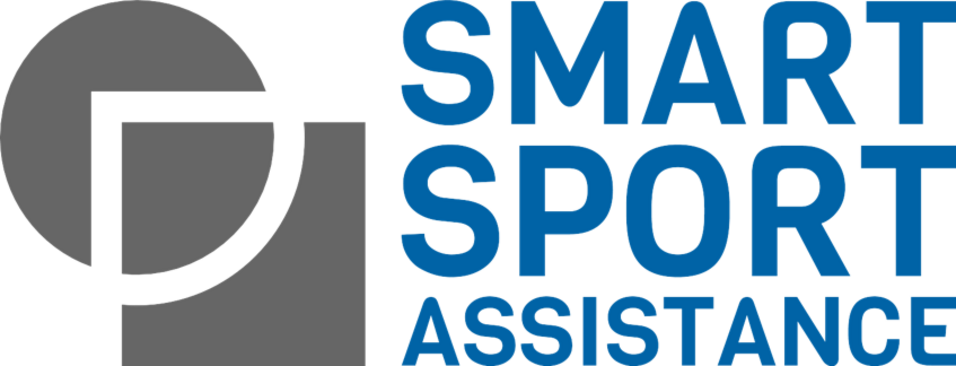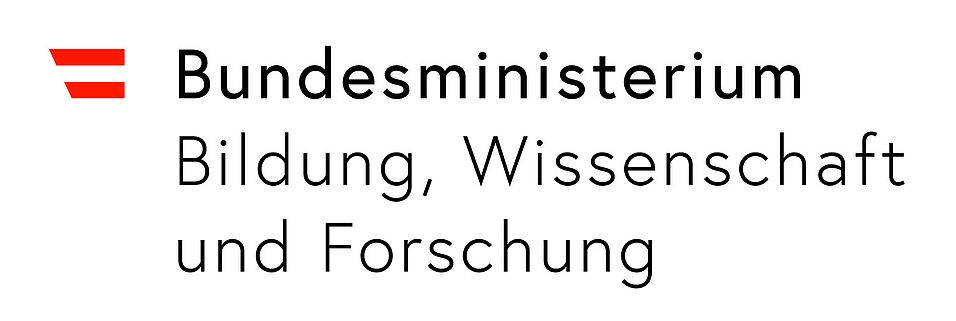The project aims to reduce the barriers to participation of visually impaired children and young people in physical education as far as possible through the development of technical systems to increase the physical activity of blind and visually impaired children and young people. In cooperation with the Federal Institute for the Blind in Vienna (BBI) and Austrian secondary schools, students with and without blindness and visual impairments will work together on the development of assistance systems using current technologies.
The development process takes into account the "open innovation" principle, which provides for a constant exchange of information between all students (e.g. students without blindness and visual impairment explore barriers to participation from the perspective of the disabled, they develop prototypes and test them out together with blind and visually impaired children in hands-on and try-out events). On the one hand, this ensures the greatest possible application orientation of the developed assistance systems, which is based on the needs of the students. On the other hand, this should also create sensitivity for blindness and visual impairment and the associated opportunities for movement among those who are not impaired.
The research project, which is also part of the "Sparkling Science 2.0" initiative of the Agency for Education and Internationalization (OeAD), started in mid-September 2022 and will last three years. More information is available at https://vision2sports.at/.
Ideas for the development of technical systems are very welcome!
PI: Univ.-Prof. Dipl.-Ing. Dr. Arnold Baca
Co-PI: Assoz.-Prof. Dr. Stefan Meier
Contact person of the project: Mag. Gerald Steindl, Universität Wien, gerald.steindl@univie.ac.at, +43 1-4277/48897



